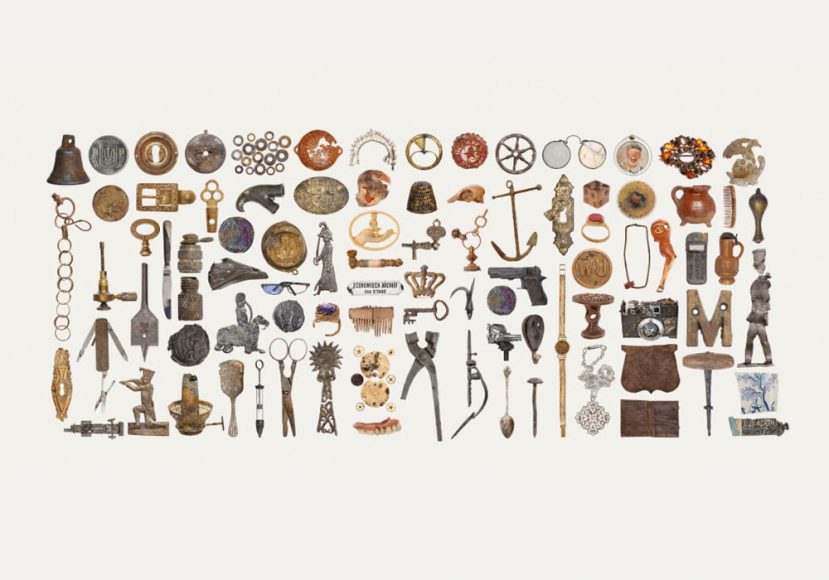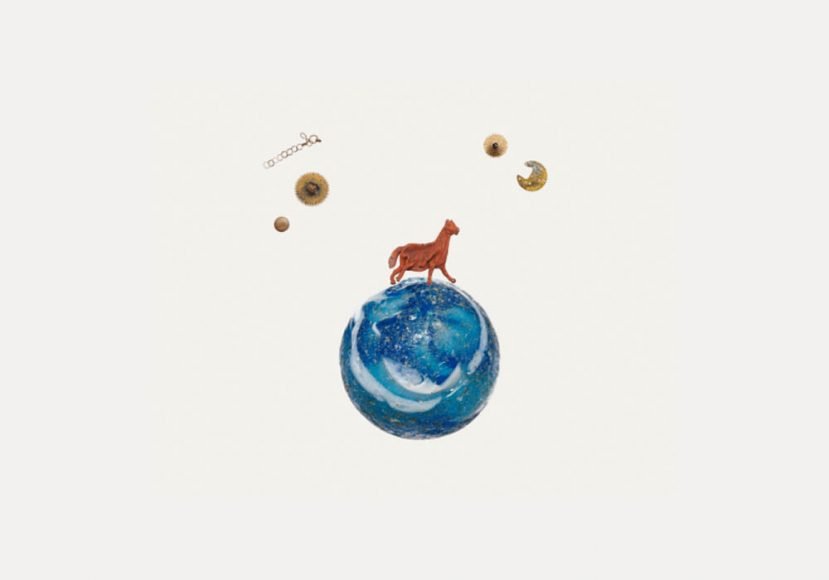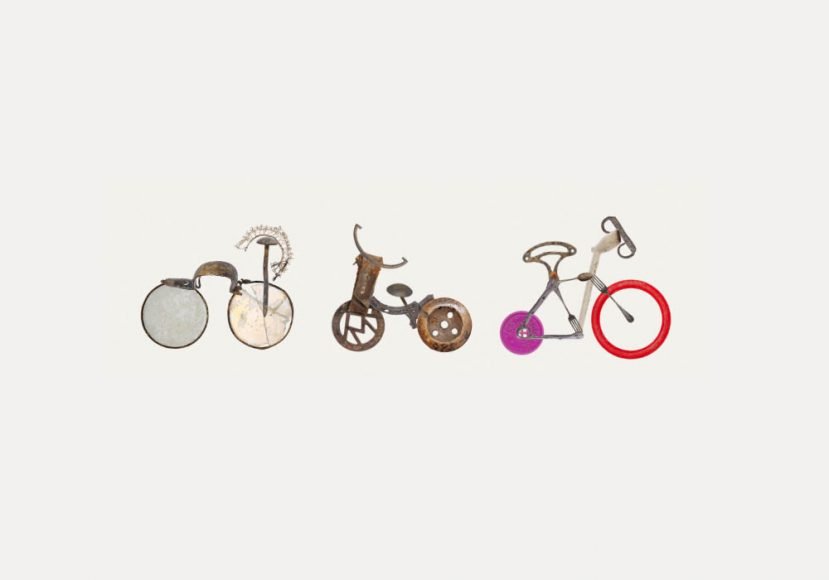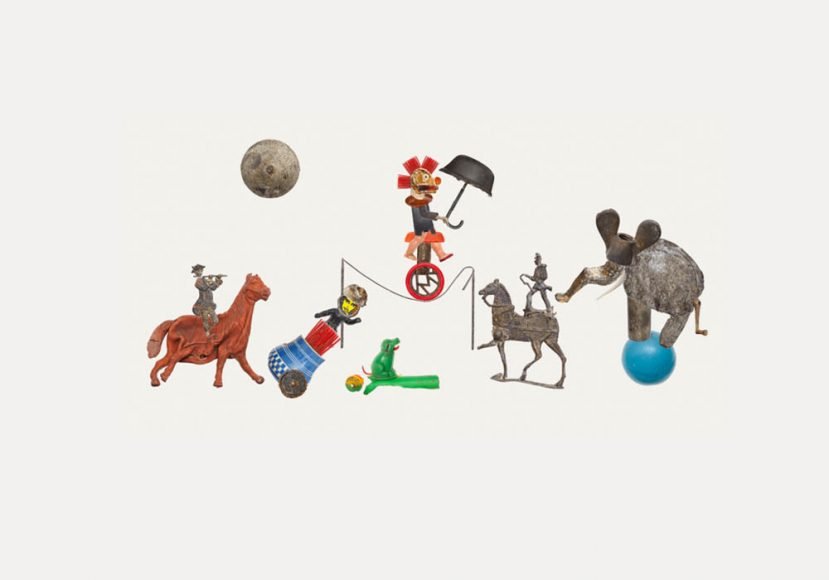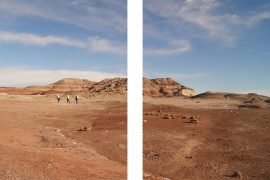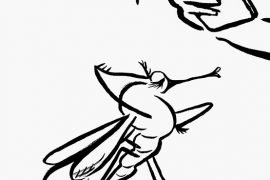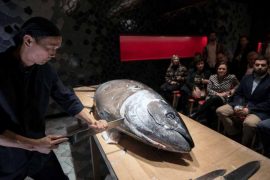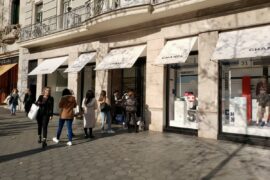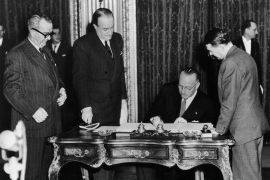[dropcap letter=”E”]
very object tells a story, whether we find it on the street or appears while we empty the apartment of a beloved one. But what would happen if, suddenly, we had access to hundreds of thousands of objects that date from our days to the prehistory times?
This is precisely what has happened in Amsterdam: the construction of the North-South line of metro has allowed several sections of the Amstel River to dry and unearthed half a million pieces of waste thrown into the canals and preserved by mud. For 10 years, a team of archaeologists has been commissioned to unearth and make a catalogue of 19,000 of these objects, and now they have presented the findings in Below the Surface, a spectacular website, and also in an exhibition at the Rokin metro station.
From that incorrupt channel emerged thousands of surprises, mostly waste, but also objects that accidentally fell into the water. As the metro required excavation at a great depth, it reached the level of the Pleistocene (10,000 years ago) and, above all, archaeologists found from mobiles (but no smartphone, since the works began in 2005), to photo cameras, cassette tapes or identity cards. But also toys of the twenties, nineteenth century colony flasks, Victorian shoes, daggers and the remains of a medieval armour. Among the findings, there are 195 keys and 110 padlocks, 13,418 bottles of water and 7,354 bottles of wine, 713 spoons and 1,394 table knives, and also 154 watches, 908 buttons, 267 belts, a dozen glasses and two dentures. They have also catalogued 256 bullets of all times and three of pistols (one of them toy). And coins, 2,947, from Roman sesterces to the current euro.

The journalist Sophie Haigney has analysed, in an article in The New York Times, the life of some of these objects. Perhaps, the most curious of them all is the toothpaste tube Luxadont, that was produced in the 30s. This finding came to mobilize the Dutch army, which employed the toothpaste to do dozens of tests, because it was a radioactive toothpaste.
 It seems that, during the 30s, radioactivity had an aura of unsurmountable modernity and was used as a hook to attract buyers, just as everything nowadays has to be “green”, since we praise organic vegetables (as if not they all were) and we glorify bifidus and probiotics as if there was no other possible option on earth. This toothpaste actually had a small part of thorium in the composition, and the manufacturers claimed that, with a little radioactivity, the teeth would be healthier and whiter. No wonder, this is the same epoch in which parties were organized on Las Vegas hotel roofs to watch the nuclear tests live.
It seems that, during the 30s, radioactivity had an aura of unsurmountable modernity and was used as a hook to attract buyers, just as everything nowadays has to be “green”, since we praise organic vegetables (as if not they all were) and we glorify bifidus and probiotics as if there was no other possible option on earth. This toothpaste actually had a small part of thorium in the composition, and the manufacturers claimed that, with a little radioactivity, the teeth would be healthier and whiter. No wonder, this is the same epoch in which parties were organized on Las Vegas hotel roofs to watch the nuclear tests live.
Plunging into the newspaper library of La Vanguardia, one of our Bibles when it comes to cultural history, I see that in Catalonia we also followed the fashion of radioactive products. Not only with the “radioactive toothpaste” Doromad, one of those miraculous pastes, which “cleans, whitens and keeps the teeth” (sic), but also with the “radioactive sulphurous thermal cure” offered by the spa La Puda de Montserrat in 1928, and that helped to treat all kinds of herpes, skin diseases, arthritis or rheumatism. And of course, the radioactive waters were not only good for bathing, they were also good for drinking. From 1925 to 1945 we found advertisements, proclaiming “Do not ask for mineral water, ask for Amer Palatin”, a “digestive, radioactive and diuretic” water that they recommended to use daily, especially to prepare tisanes.
Featured images
Illustrations created by different users of some of the objects found in the bottom of the Amstel river. You can make your own here

